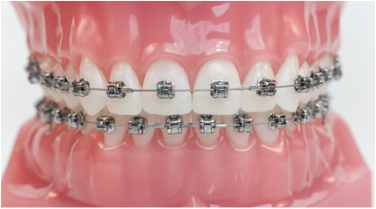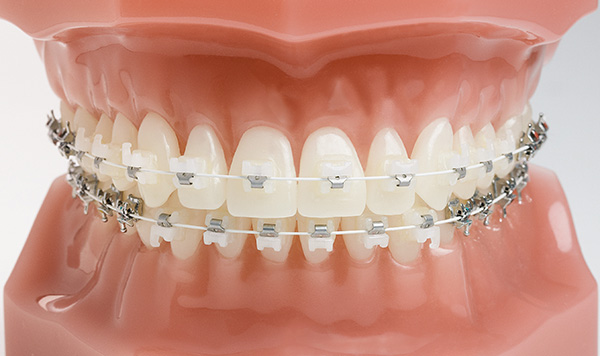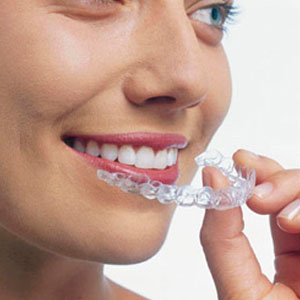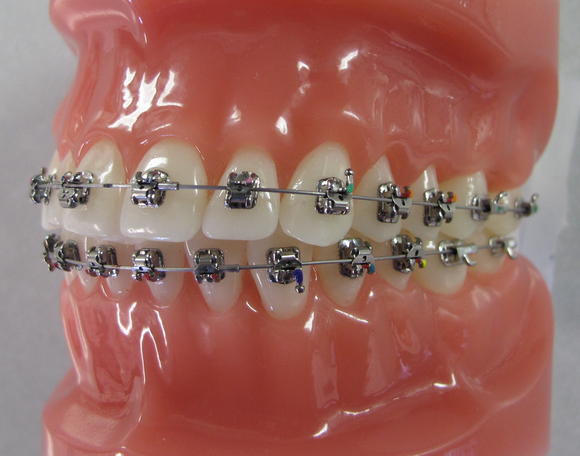Lining up today’s winning braces
Braces are devices used by orthodontists to align crooked, crowded or gapped teeth. They are the foremost choice in correcting mild to severe malocclusions — conditions where teeth of the upper and lower jaws are misaligned leading to bad bites. Examples of bad bites are teeth crowding, overjet or protruding teeth, deep overbite, open bite, teeth spacing, cross bite and under bite or lower jaw protrusion.
The Need For Different Types of Braces
Remarkable strides in dental science and technology have empowered modern orthodontics to offer a wider variety of niche-specific, customized braces. Today’s different types of brackets enable orthodontists to more effectively treat various forms and degrees of malocclusion.
The availability of more dental braces also means more treatment options to address the uniqueness of a patient’s case. No two cases are exactly the same, hence the need for different treatment protocols. Each patient’s dental problem, level of discipline, treatment expectations, time frame commitment and even financial considerations are all factors that warrant specific types of braces and treatment plans.

Traditional Metal Braces
Traditional metal braces are made of high-grade stainless steel. Unlike the first-generation designs that have big brackets that wrap around the whole tooth, today’s modern versions have smaller brackets that are bonded directly to each tooth’s surface.
With metal braces, thin arch wires span the length of the upper and lower set of teeth. Colored elastic ties couple the brackets to wires which gently put pressure on the teeth and gradually move them to desired positions.
Metal braces are highly recommended to straighten severely misaligned or crowded teeth and treat serious bite problems. They are very strong and rarely break. They are also the most inexpensive type of braces in the market.
The metal brackets may rub against the skin and irritate the gums and cheeks. Patients with metal braces are advised to avoid eating sticky and hard foods to avoid breaking the brackets.

Ceramic Braces
Made of inorganic materials, ceramic braces are also affixed to each individual tooth much like traditional metal braces. These braces are less noticeable because the brackets and wires are clear or tooth-colored that easily blend in with the color of the teeth.
Ceramic braces are strong and stay on teeth surface as firmly as metal braces do.
Unfortunately, the clear and white ties of ceramic braces can stain from drinking soda, coffee, tea and other flavored beverages. They also cost a bit more than their metal counterparts.

Invisalign
Invisalign refers to a series of 18 to 30 adjustable, clear plastic aligners that cover the teeth entirely. These custom-fitted aligners are virtually invisible and are replaced every 2 weeks by the next sequential aligner and gradually shift the teeth to their proper place. Typically the orthodontist issues 4 sets of aligners per 8 week interval so that we maintain a steady consistent tooth movement.
Unlike traditional metal braces that have brackets permanently bonded to the teeth, Invisalign aligners are removable and are taken off when eating and brushing. Patients who wear them can eat practically anything they want. Invisalign retainers are consequently more difficult to stain and are easier to clean every time they are taken off.
On the other hand, Invisalign aligners do not work well in treating severely crooked or overcrowded teeth and other serious dental problems. Proper discipline is also required because patients must wear them no less than 20 hours a day to achieve the best possible results. The price of Invisalign braces are generally higher and treatment periods are similar to those using metal braces.

Self-Ligating Braces
Unlike traditional braces, self-ligating braces do not require metal tie wires or elastic ties to hold the arch wire onto the brackets. This means a reduction in friction leading to reduced discomfort, lesser follow-up visits to the orthodontist and potentially shorter overall treatment time.
Our office currently uses some commonly known brands for the self-ligating appliance system, Empower by American Orthodontics and Smart-clips by 3M Unitek (uses an innovative clip design built into the bracket itself to hold the wire in place).
Some downsides of self-ligating braces include opened, jammed or broken doors or clips caused by heavy chewing or when patient has poor oral hygiene practices.


